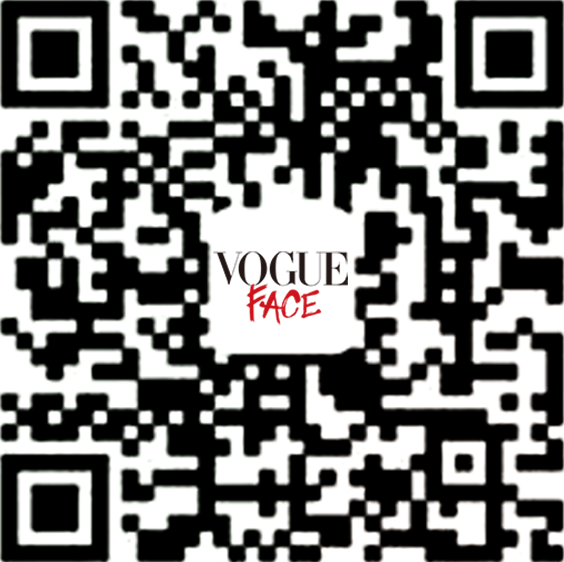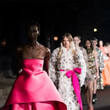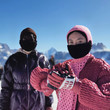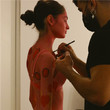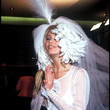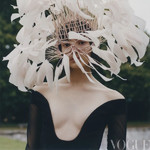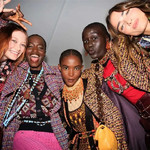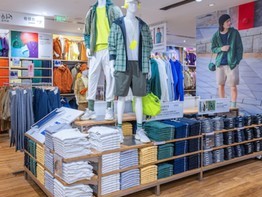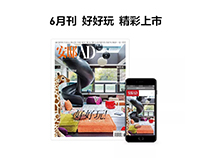Mary Quant: Sex And The Sixties Girl
文章导读
Crowd sourcing brings the youthquake fashion era to the V&A
敬请期待中文版
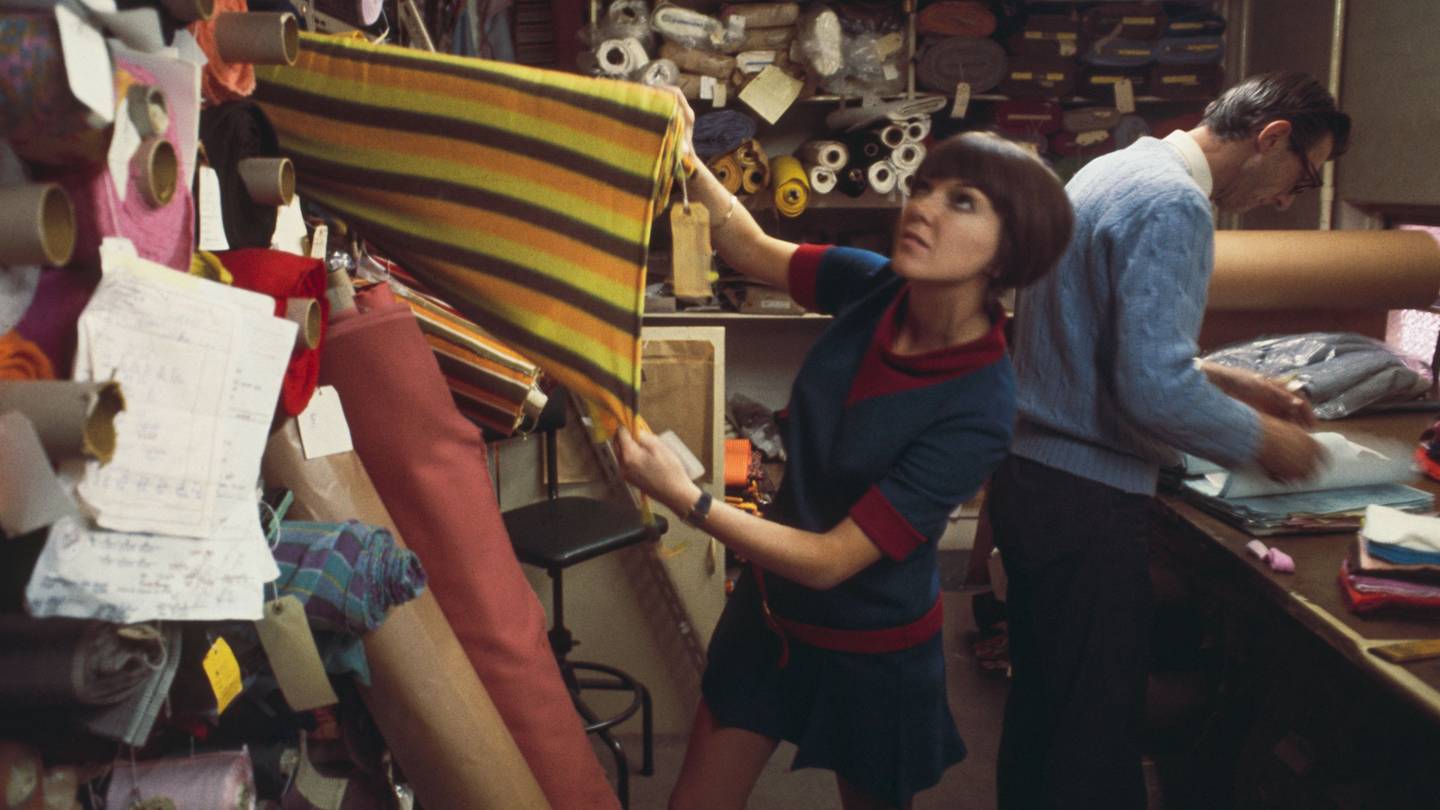 Mary Quant selecting fabric in London in 1967
Mary Quant selecting fabric in London in 1967
ROLLS PRESS / POPPERFOTO / GETTY IMAGES
Which came first, the Pill or the mini skirt? Young women with skinny legs leading up to high hemlines, flat busts and doe eyes under a pageboy fringe epitomised the Sixties – the first generation of a new breed called ‘teenagers’. And the first time in history that women could be in control of their reproduction.
On my visit to London’s Victoria & Albert Museum to see ‘Mary Quant’ (until 16 February 2020), there were not many bright young things gazing at images of the woman who started it all. Mary Quant was a role model for a generation, a true fashion trailblazer, and visitors to the museum seemed to be only a decade or so away from the designer’s current age of 89.

Mary Quant with her trademark pageboy cut by Vidal Sassoon (right), photographed in London by Ronald Dumont in 1964
RONALD DUMONT / GETTY IMAGES
With displays crowd sourced by curator Jenny Lister with the words #WeWantQuant, the exhibition and informative accompanying book conjure this exceptional period in British society when a youthquake shook the old British Establishment to the core.
In Lister’s words, “Dame Mary Quant is a fashion icon. She revolutionised fashion, harnessing youth, street style and mass production to create a new look for everyone.”
The intelligent survey of that revolutionary period of the Sixties and Seventies shows how Quant, her husband Alexander Plunket Greene (who died in 1990), and their financial colleague Archie McNair developed a new business model that brought fashion down from haute couture to the street – a particular London street called the King’s Road. That address became the epicentre of the new cool, and ultimately a role model for fashion centres that appeared across the Western world.
“Chelsea ceased to be a small part of London – it became international. Its name interpreted a way of living and a way of dressing,” claimed the designer in her 1966 autobiography, Quant by Quant. Such is the King’s Road’s enduring fame that the street has sponsored the exhibition.
The first vision of the two-tier display is a line-up of the easy, youthful clothes that were such a symbol of changing times that each piece told a story of freedom: easy body movement after the stifling years of lady-like outfits through the Forties and Fifties; and the sexual revolution played out in simple shapes that shadowed the body without gripping it.

A Mary Quant satin mini dress and shorts, photographed by the great Brian Duffy in 1966
DUFFY ARCHIVE
At the start, Lister explains the radical Quant approach with her Ginger Group line in 1963, defined as “Quant clothes at budget prices to buy a piece at a time”. The idea was to use ginger, not just as a favoured colour, but in the sense of pepping up the times, like a political pressure group. Lister describes this early venture as being based on American-style sportswear of “interchangeable separates”.

Mary Quant (front) and models at the launch of her 'Quant Afoot' footwear collection in 1967
PA PRINTS 2008
That crucial description is on display as jersey dresses or mix-and-match outfits. In Quant’s own words, the idea was “to not wait for couturiers to imitate what rich people wore in Paris”. That was certainly true of ‘The Wet Collection’ of raincoats in ”super shiny man-made stuff and shrieking colours”.

An installation of Mary Quant 'Alligator' rainwear at the current V&A retrospective of her work
@SUZYMENKESVOGUE
Videos take the exhibition through the history of the Sixties, when a fashion show in Minneapolis stunned the American audience with its short hem lengths. A photograph captioned “Mary Quant and Plunket Greene on Park Avenue, New York”, taken for Life magazine in December 1960 by Ken Heyman, captures their youthful energy.
I would like to have seen a little more ‘compare and contrast’ to address the fashion argument about whether it was Londoner Quant or Parisian André Courrèges who invented the mini skirt. Or the dramatic difference between Quant’s mannish approach and the post-war femininity of Christian Dior (the V & A’s other big show of the moment).
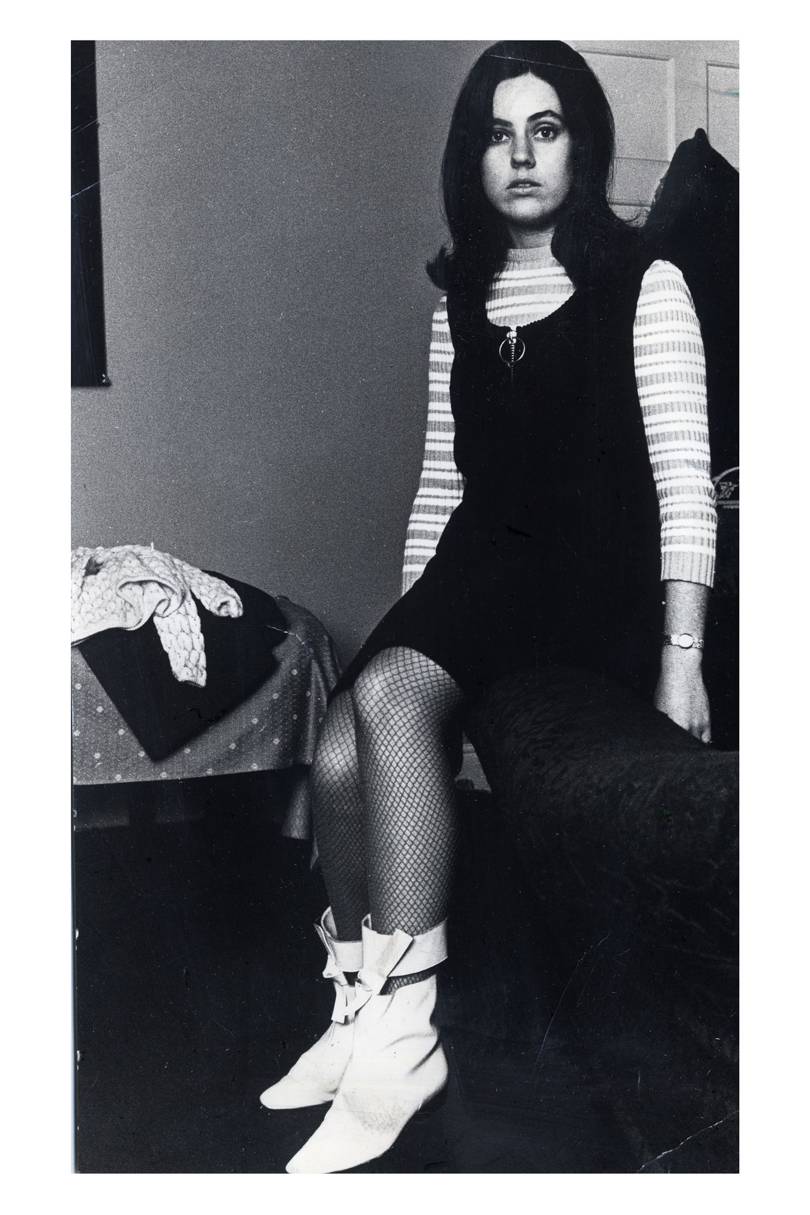
Mary Quant versus André Courreges: Suzy in her student days in the Sixties, wearing a Mary Quant zippered mini dress (and André Courrèges-inspired boots). Who invented the mini skirt first? Fashion's historians have still not settled this dispute
But today’s fashion students could learn a lot from seeing how swiftly the young designer created codes for her brand, especially the daisy emblem, started in 1966 as an instant logo. In the following year, she produced a waterproof mascara named ‘Cry Baby’ and continued the accessories development with ‘The Leg Show’ of net and patterned hosiery.
Perhaps the most charming of these accessories are dolls, dressed in clothes that were sold alongside cut-out-and-sew booklets.
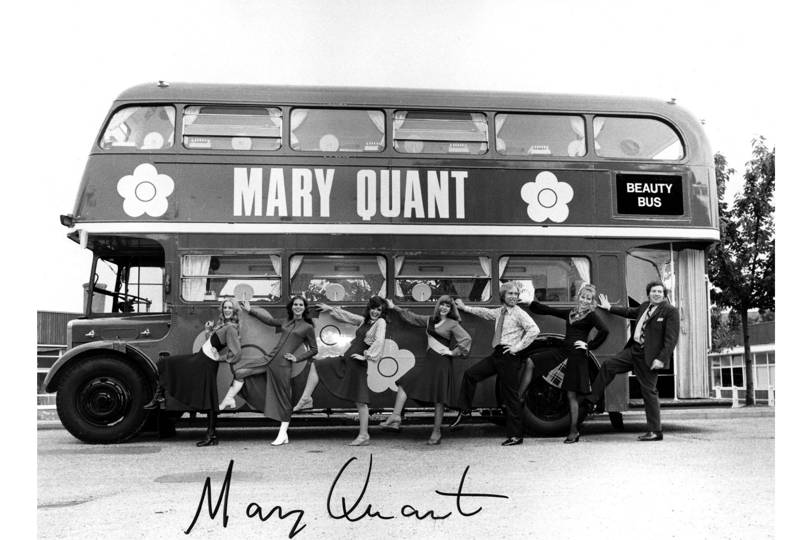
A revolution can never have looked so endearing or enticing.
The 'Mary Quant Beauty Bus' in 1971
INTERFOTO / ALAMY
转载声明
本内容系VOGUE时尚网原创或经官方授权编译转载,严禁以任何形式或方法转载或使用,违者追究法律责任。


